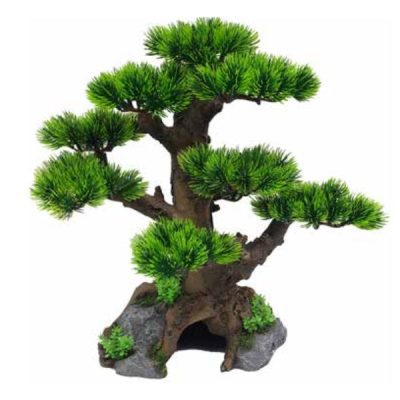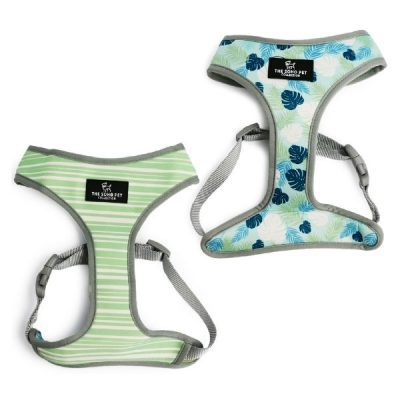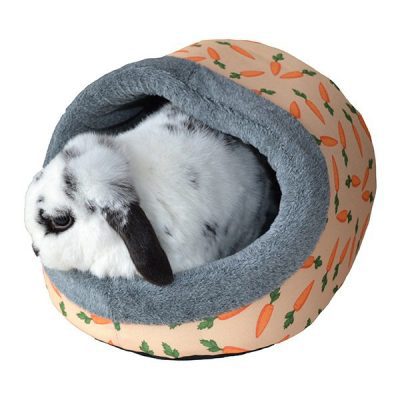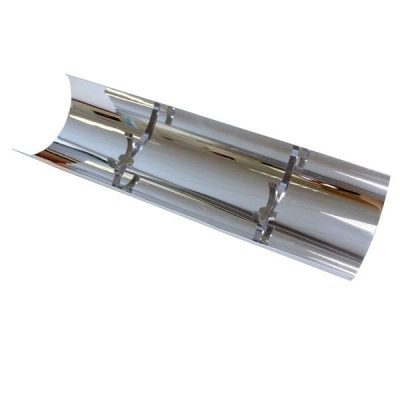Some fish varieties prefer to dwell mostly near the bottom. While others may enjoy spending their days swimming in the middle or upper region of the aquarium.
Some fish enjoy their own space whilst others may enjoy being together. However, the one thing you do not want to see is fish swimming or breathing at the surface of the fish tank.
Having one fish up there can be down to a multiple of reasons, from injury such as a problem with their gills, or they could be being bullied. It is when you have more than one fish lingering among the service, that it is time to worry about your fish habitat. 
One of the main points that you should understand is that the way the fish breath. They breathe through dissolved oxygen, not oxygen that is already combined in the H2O molecule. Naturally, the dissolved oxygen levels tend to be higher near the surface, this being due to where the most interaction between air and water takes place. When a fish isn’t receiving enough oxygen they will try to compensate by gravitating towards that area.
Similarly, your fish might also gravitate toward bubble filters, or bubble making decorations within their habitat. This is where we would recommend looking into habitational changes for your fish tank.
Water Temperature:
Water temperature plays a massive role in the general health and cycle of your fish. It is important to understand that warm water holds less oxygen than cold water, this meaning that during the summer months is where your habitat’s temperature will change. Try to circumvent the issue of the temperature rising too high for long periods of time.
Finally, keep in mind that some varieties of fish – like betas and gourami’s – are supposed to breathe air from the surface. Therefore, try not too misread the behaviour of these fish for an oxygen issue.
Water Quality:
Start this process by ruling out the possibilities of water issues such as temperature and pH levels. From this, you should also test your water quality for issues with ammonia, nitrite and nitrate. Next, try to rule out any other reasons that could be affecting your water quality.
-
Are you over feeding your fish? If so, your water will become cloudy showing signs of pollution. This is because uneaten food cause food to rot creating ammonia, which is toxic to fish.
-
Have you got any dead fish in the tank? The main point that can affect your water is pollution from dead fish. This is because the dead fish can cause a high level of ammonia to be released into the water, this being toxic for your fish.
In either circumstance, be sure to replace as much water as needed until you retain a healthy balance for your tank. This needs to be done in small and frequent changes if the ammonia is high within your tank. Typically to do this, you would need to replace more than 50% of your water in your fish tank.
 Overcrowding:
Overcrowding:
Another thing you should consider when questioning yourself, just why your fish are breathing at the surface of the fish tank is how many fish have you got within your habitat. Keep in mind, the more fish, the more competition there is for fresh oxygen. They are all competing for the same air supply, but the vicious cycle is by doing so they are also polluting the said air supply because of how many there are in there.
Please be sure to recalculate the volume of your tank is enough for the amount of fish you have within it. Also be sure to remember that your fish will grow bigger and they need free space to freely move around within their tank.
Please find here, the guide to what the size of your tank should be on the RSPCA website. Also find here, a calculator that you can use to calculate the appropriate amount of fish you should have based on the litre consumption of your fish tank – please be aware that this is just a rough guide. Don’t take this as legitimate.
Although the volume of your fish tank may play a massive part of the oxygen levels within your fish tank, consider the surface area of the tank also. As we have mentioned, a lot of the interaction between the air and water happens at the surface, with the surface area being smaller than the base it can eliminate the chances of clear aeration. Two tanks might have the exact same volume capacity, but the shape of them will allow the oxygen levels to differ.
Think shallower than taller
Lack of Aeration:
On the discussion of aeration, it is key to understand the importance of aeration within one’s fish habitat. A set-up that is correctly maintained will have regularly cleaned out filters and decorations to allow and strong flow of clean oxygen. In some cases, a more powerful type of aeration, such as powerheads and air pumps, may be needed. In some situations, bubble decor and stones work just enough. It is important to find the best solution for your tank, as each fish habitat is different.
1: Marina Air Pump – The Marina Air Pump combines high performance with quiet operation.
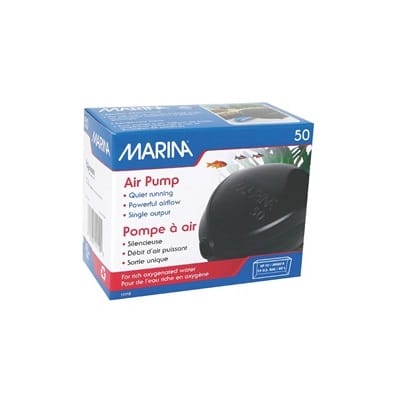
2: Air Stones – The Marina airstones are ideal for adding accents in any aquarium. The airstone diffuses air, also creating water movement.
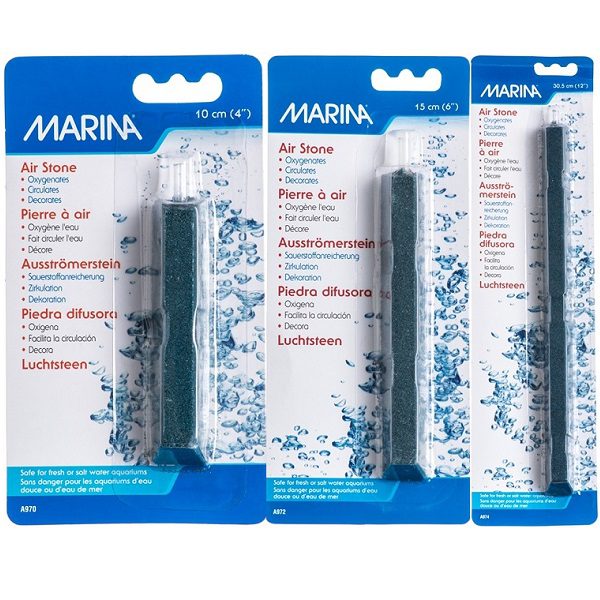
3: Live Plant – Live plants release primary oxygen into the fish tank. Purchase of Live Plants can be purchased from our store and our details are here.
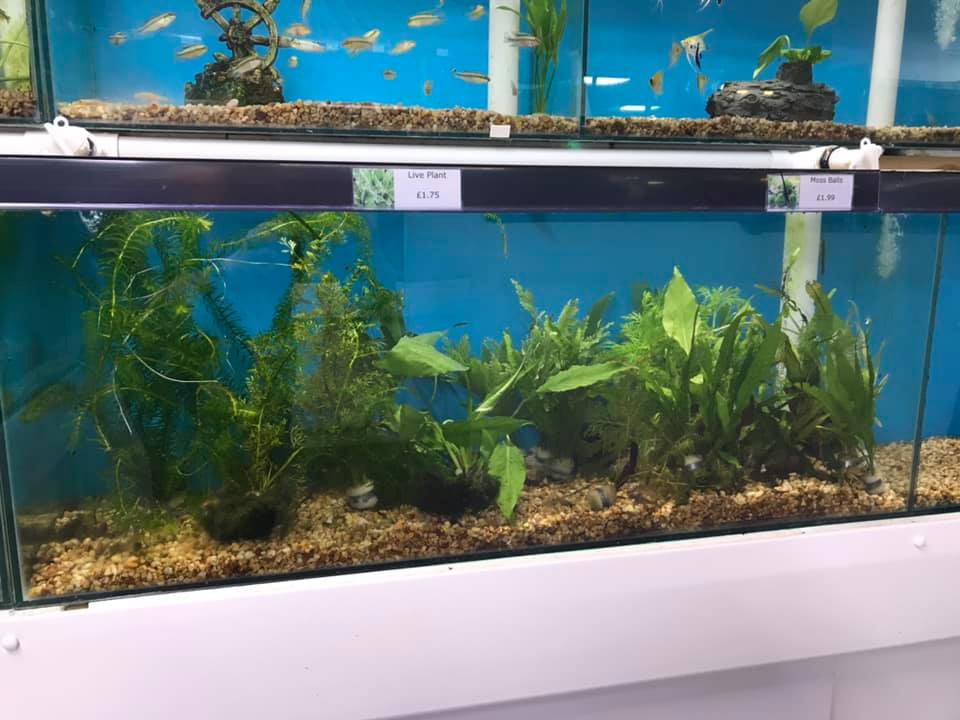
If you have any questions please do contact us on 01902 494 860 or check out our social pages below!


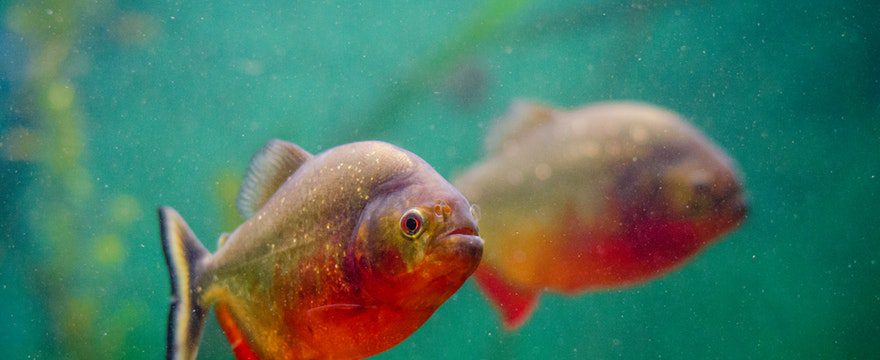

 Overcrowding:
Overcrowding:

